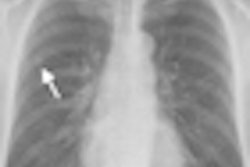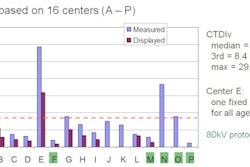German industrial conglomerate Siemens AG on April 30 announced changes in the organization of its Siemens Healthcare division that include creating separate divisions for advanced imaging modalities and less complex radiology systems.
Effective May 1, the Erlangen, Germany-based Healthcare division will still consist of three divisions: Imaging and Therapy Systems, Clinical Products, and Diagnostics. Imaging and Therapy Systems will bring together the business with more advanced devices, including CT, MRI, and PET systems, for diagnostic imaging and therapy. Therapy products mainly comprise angiography systems, linear accelerators, particle therapy systems, and minimally invasive procedures.
Under the new unit, Siemens plans to better leverage the connections between imaging equipment and therapy solutions to enhance its market position. The CEO of Imaging and Therapy Systems will be Bernd Montag, who currently heads the Imaging and IT division.
The Clinical Products division will include less complex products such as x-ray and ultrasound equipment that until now had been run jointly with the large-scale medical device business, as well as the components business. Norbert Gaus, who has headed the ultrasound business, will become CEO of Clinical Products.
Diagnostics will continue to include the company's laboratory diagnostics business, with products such as blood analyzers and reagents. Michael Reitermann, previously responsible for the healthcare business of Siemens in the U.S., will succeed Donal Quinn as CEO of the Diagnostics division. Quinn is leaving the company for personal reasons.
Sales and service will be managed by the Customer Solutions unit. In addition, the business with hospital information systems will become part of this unit. The CEO of the new Customer Solutions unit will be Tom Miller, who has been heading the Workflow and Solutions division.
Siemens cited changes in customer groups in the healthcare market for its actions, including a growing demand by large hospitals and clinics for therapy solutions. Smaller hospitals and physicians in private practice, especially in emerging economies with above-average growth, are seeking cost-efficient and less complex equipment.
Related Reading
Siemens aids molecular breast cancer study, April 20, 2010
Siemens opens new service center, April 19, 2010
Avid, Siemens begin florbetapir production, April 7, 2010
Siemens' PETNet offers free NaF-18, March 19, 2010
Siemens completes U.K. order, March 10, 2010
Copyright © 2010 AuntMinnie.com


















